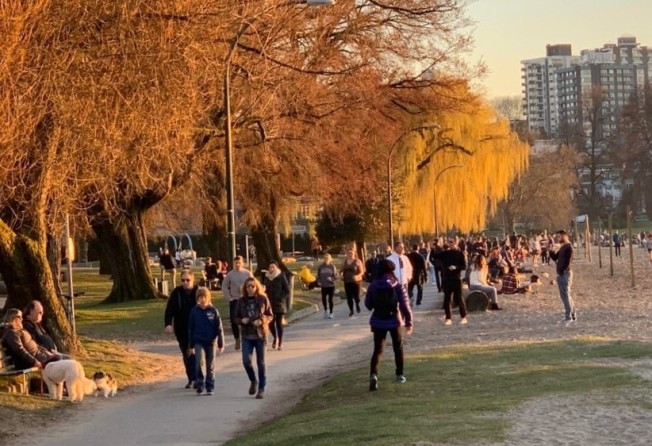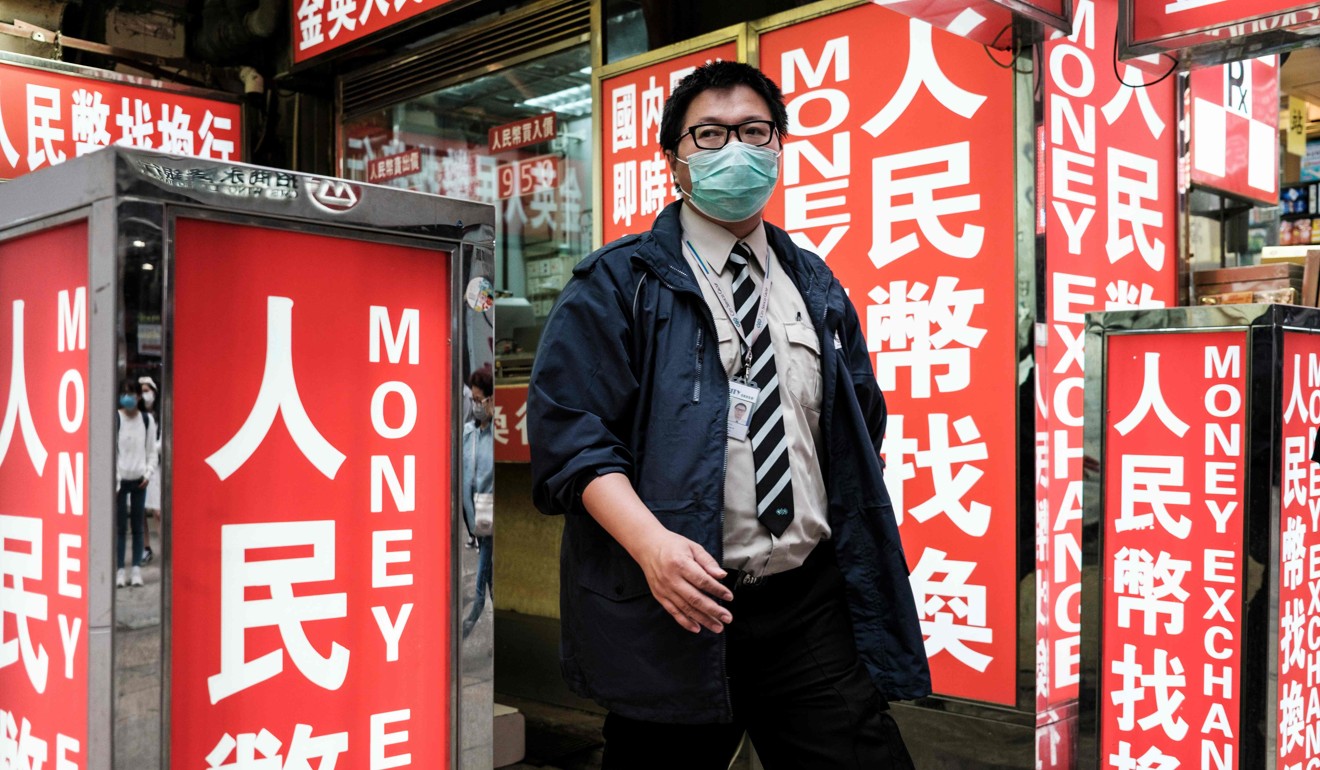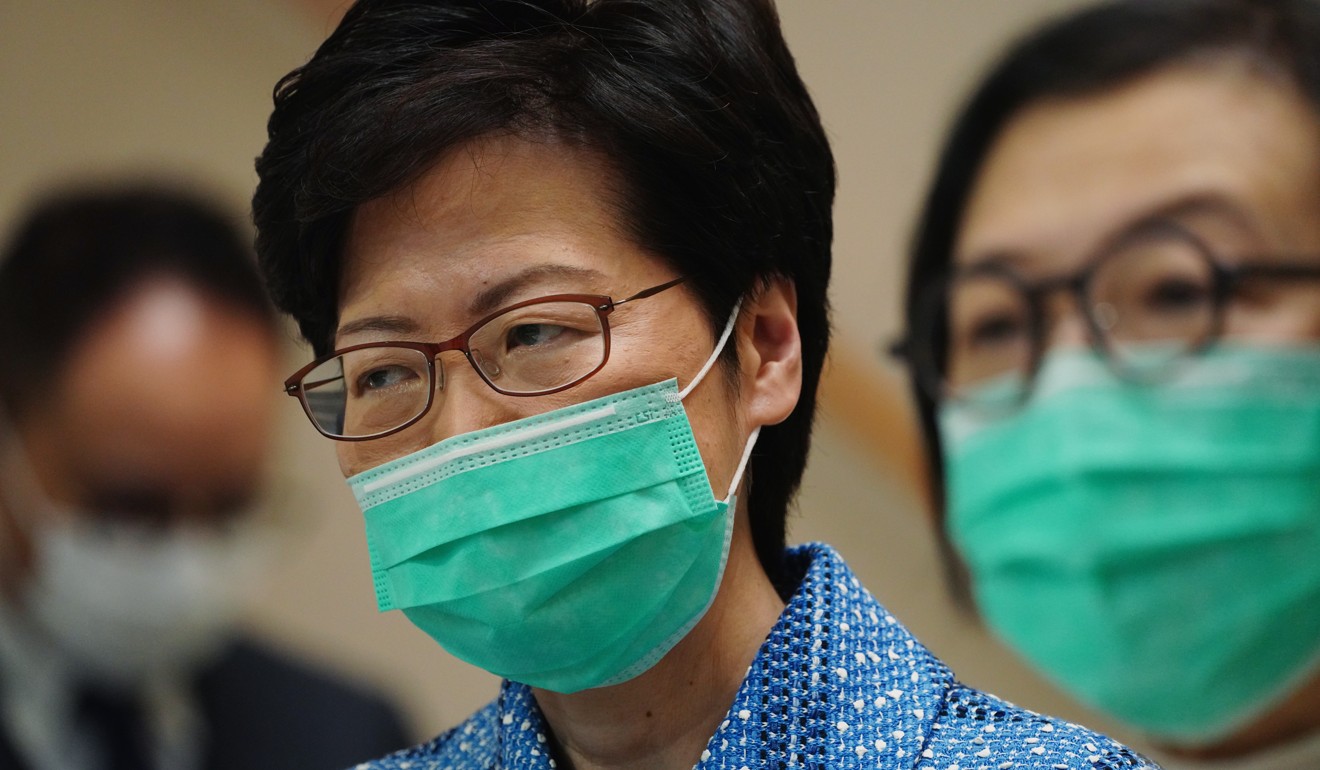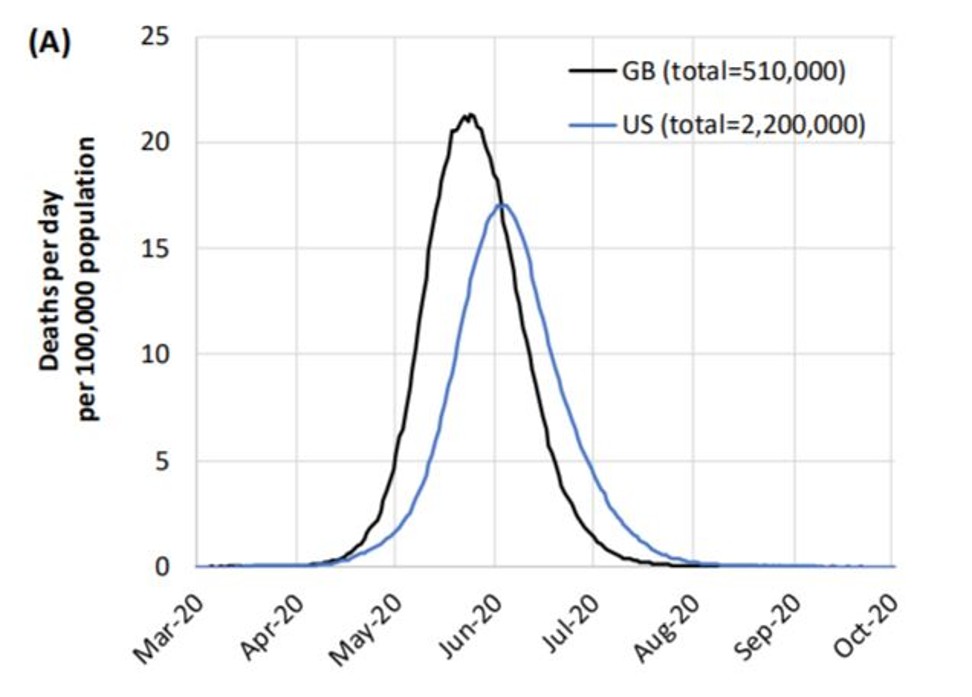
Coronavirus: Go home Vancouver. Stay home. Covid-19 social distancing is not a party on the beach
- The Hongcouver Blog: Photos of British Columbians gathering in big numbers at Kitsilano Beach and Whistler show they have much to learn about social distancing
- Hong Kong shows how social distancing works to flatten the coronavirus curve, but it needs consistent behaviour, and understanding of the life-and-death stakes

They were told to stay home, to practise social distancing.
Instead, they started to gather. On Vancouver’s Kitsilano Beach. On a frozen lake in Whistler, by the hundreds. In my local playground.
The messages in Canada this week about the need to stay at home and socially distance ourselves to curtail the spread of Covid-19, from Prime Minister Justin Trudeau down through every level of government, has been loud, clear and ignored by a portion of the population in British Columbia.
Judging from the empty streets, businesses and workplaces in Vancouver, most people are following the advice. But not everyone.
On Monday morning, Trudeau announced extraordinary measures against the coronavirus, including a border ban on non-Canadians and non-residents (Americans were initially exempted, but this has been reversed). He also gave clear advice: stay home.

“All Canadians, as much as possible, should stay home. By staying home, you can not only protect your health and that of those around you, but ensure that our health care professionals and our health care systems can focus on those who need their help,” he said.
“This is an adjustment for all of us. We know that staying home is an important step to protect the community and each other. We all have to do it.”
I couldn’t believe it. In Richmond we are being careful and sitting [at home] but crossing the bridge [to Vancouver] it’s like a different world. There were about 30 people playing basketball, people everywhere
I drove past my local park a few hours later. On an afternoon when the temperatures never hit double figures, it was as busy as a summer’s day. Toddlers were happily slamming into each other on a playground as parents chatted and idly scrolled their phones.
Teenagers were playing basketball and milling about the sidelines. It was cold but beautiful afternoon, and families sprawled about on the grass to enjoy the winter sunshine.
On Tuesday, British Columbia announced a huge spike in infection numbers, 83 new cases and three more deaths. The province declared a public health emergency. A mandatory order to shut all bars and clubs was issued by provincial health officer Dr Bonnie Henry. Stay home, she told British Columbians.
That day, St Patrick’s Day, in the BC ski resort town of Whistler, photographer David McColm captured an extraordinary scene as people gathered on frozen Alta Lake for what looked like an impromptu party, shoulder to shoulder, on another gorgeous day. Hundreds of them.
Unfortunately, still a long way to go - today in Whistler. I’ve decided to do my walks after dark! pic.twitter.com/RXW696LQ6y
— David McColm (@davidlmccolm) March 18, 2020
That very day, the South China Morning Post had reported that two Hong Kong skiers had returned from Whistler on March 15, infected with Covid-19. By the afternoon, it was also the lead story on the website of Whistler’s Pique News website.
On Wednesday, Vancouver said it would declare a state of emergency.
“Stay home as much as possible,” said Mayor Kennedy Stewart at a lunchtime press conference. “On the rare occasion you need to leave home to get essentials, keep a safe distance of one to two metres from others.”
That afternoon, Kitsilano Beach was filled with people, gathering to watch the sunset after yet another day of brilliant blue skies. A photo sent by a contact (who parked her car to take the picture), shows the beach and walking path teeming with people. Dog walkers. Joggers. Sitting together on logs and benches. Families out for a stroll.
The photographer, who lives in Richmond – the Vancouver satellite that is the most Chinese city in the world outside Asia – said she was mortified by the scene. “I couldn’t believe it. In Richmond we are being careful and sitting [at home] but crossing the bridge [to Vancouver] it’s like a different world,” she said.
“There were about 30 people playing basketball, people everywhere,” she said.
Social distancing. Vancouver style.
Let Hong Kong show you how
Long before the surreal events of this week, Vancouver’s Chinese communities had been watched by others with a mix of confusion, bemusement and benevolent concern for its mental well-being.
Because restaurants were deserted. Asian malls were like ghost towns.
Now, the city should realise that this was social distancing.
But by many at the time it was seen as some form of extreme overreaction to the threat of Covid-19. In scenes that have dated poorly, local politicians and business owners launched campaigns to encourage people to return to Chinese restaurants and shopping malls.
This was to no avail. They remained deserted.

Vancouver’s Chinese communities were experiencing the unfolding events in mainland China, Hong Kong and Taiwan in ways that the rest of the city was not. They responded on instinct. They stayed home.
They socially distanced themselves.
With reflexes honed by outbreaks of SARS and bird flu, folk in Hong Kong have been hunkering down for a couple of months. They have been wearing masks outside, to the level of ubiquity.
Many have been working from home, where possible. Some offices were shut (including those of the South China Morning Post). And Hongkongers in Vancouver, watching all of this unfold on Facebook and WeChat and online media, began to do the same.
No one needed to make an announcement. They needed no statistics about infection rates to convince them.
Other Vancouverites observed the sudden behavioural shift, but did not understand it. Social distancing? A foreign concept.
But it works.
Hong Kong has achieved remarkable, world-class outcomes in the battle against Covid-19. It has taken Hong Kong 17 days to go from 100 cases to 200, at a daily new-infection rate of just 4.5 per cent.
Canada went from 100 to 200 cases in just three days, hitting 234 infections on March 14. Since passing the 100 mark on March 11, Canada’s daily new infection rate has been 29.5 per cent.
Unless that growth is mitigated, Canada’s infections would grow from the current 700+ to more than a million in less than a month.

At 4.5 per cent growth, Hong Kong would be on a path to a mere 745 cases by that time (and right now, Hong Kong’s new cases are mostly imported from other places, not domestic infections).
Because the disease is new, it is impossible to know exactly how Covid-19 would have spread in Hong Kong had it not been for its mitigation measures, which have also included the decision to keep all schools closed after the Lunar New Year break in late January, rigorous contact tracing of possible infections, border controls, and electronic tracking of people to ensure they comply with home quarantines.
But the results can be seen in data about another disease: influenza, which spreads in a similar fashion to Covid-19, via coughs and contact with expelled droplets.
Hong Kong has a rigorous flu-tracking system, in which thousands of people are swabbed every week. This has been in place for years.
And something incredible is seen in the recent data.

In the most recent two weeks of data (for weeks 10 and 11 of the year), just 23 cases of flu were detected out of 8,668 samples, at a rate of 0.27 per cent. In the same two weeks of 2019, there were 1,470 flu cases detected out of 11,937 samples, a rate of 12.3 per cent.
In other words, Hong Kong’s flu rate has dropped to almost zero. In those two weeks, comparing 2019 to 2020, the flu rate is down by 98 per cent.
This near-halting of flu infections began in late January in what would otherwise have been the first week of school after the lunar new year break. Flu cases plummeted. In the six weeks since that point, there were 5,198 flu cases detected in 2019, compared to just 473 this year.
Last week, there were just 16 cases of flu detected in the entire city of 7.4 million people, instead of the hundreds normally seen.
It’s impossible to say exactly which of Hong Kong’s anti-coronavirus measures are responsible, but the fact the decline coincides with school closures puts a ribbon firmly on the chest of social distancing.

The widespread adoption of face masks in public also demands credit – despite scepticism in the west – according to microbiologist Dr Ho Pak-Leung, head of Hong Kong University’s Centre for Infection. “The whole city should learn, and wear face masks properly,” he said on his YouTube channel.
Hong Kong has not instituted mass testing for Covid-19, nor banned non-residents from entry, although it plans to put all foreign arrivals in quarantine or medical surveillance (Dr Ho is now advocating a full ban).
Hong Kong shows that social distancing works. It has flattened the Covid-19 curve.
But to do so required a public consensus, and consistent behaviour of the type that BC (and Canada) have yet to universally embrace.
It also requires a shift in mindset.
Self-isolation and the embrace of other costly and inconvenient mitigation efforts need to be seen as acts of caring, not just selfishness. When we act to prevent ourselves contracting the disease, we act responsibly to prevent spreading it, too, to those most vulnerable, the elderly and already ill.
The economic impact of a prolonged period of social distancing to slow the spread of Covid-19 will likely be devastating and long-lasting.


It was this dire report that Dr Deborah Brix, the US coronavirus response coordinator, credited with the whiplash response from the White House this week to get serious about its response to Covid-19.
Don’t panic. Of course, don’t panic.
But if the choice is between panic and whistling complacency, and partying on the beaches and frozen lakes of BC, I’ll take panic.
So long as people stay at home to do so. The stakes are life and death.
The Hongcouver blog is devoted to the hybrid culture of its namesake cities: Hong Kong and Vancouver. All story ideas and comments are welcome. Connect with me by email [email protected] or on Twitter, @ianjamesyoung70.
Purchase the China AI Report 2020 brought to you by SCMP Research and enjoy a 20% discount (original price US$400). This 60-page all new intelligence report gives you first-hand insights and analysis into the latest industry developments and intelligence about China AI. Get exclusive access to our webinars for continuous learning, and interact with China AI executives in live Q&A. Offer valid until 31 March 2020.